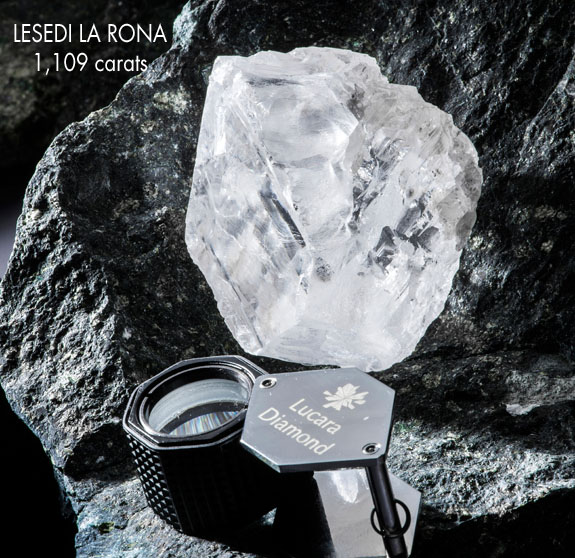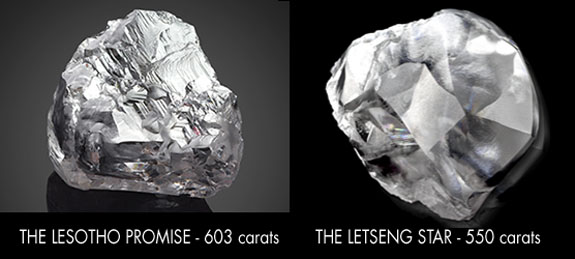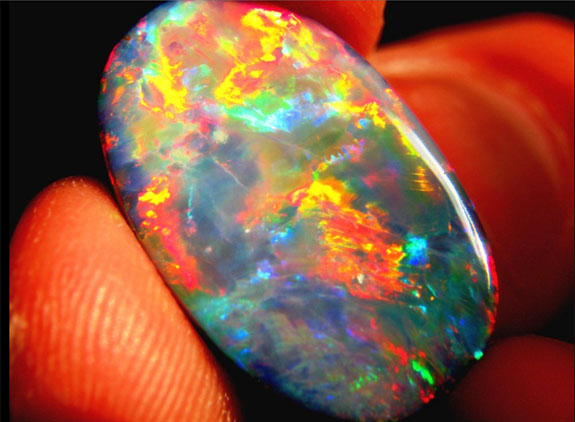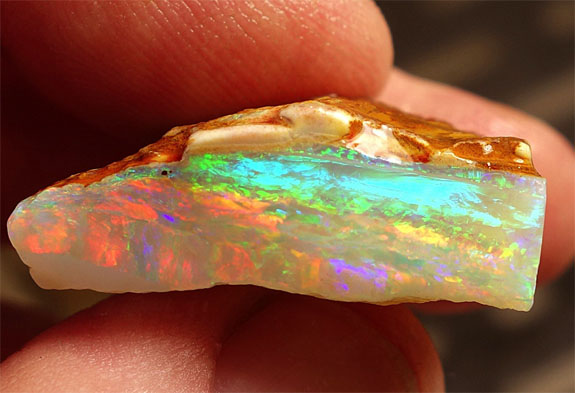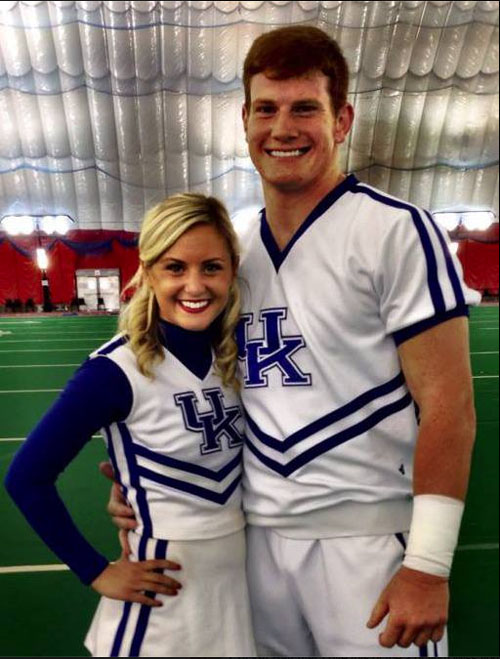Welcome to Music Friday when we bring great new songs with jewelry, gemstones or precious metals in the title or lyrics. Today's installment features Demi Lovato performing "Stone Cold," her rousing 2015 ballad about the pain of watching an ex-boyfriend moving on to a new relationship.

"This song hurts so unbelievably bad. And when I perform it on a TV show, in rehearsals or even in a bathtub, it completely takes me to a different place," Lovato told her 42 million Instagram followers.
Lovato seems to channel English superstar Adele as she sings, "Stone cold, stone cold / I was your amber, but now she's your shade of gold."
She noted that the process of writing and recording "Stone Cold" was therapeutic. For her, the song became a source of healing and catharsis. The 23-year-old believes "Stone Cold" is a song people can listen to when they're going through a breakup, or they're thinking about a time when they were heartbroken.
"It's gonna give them that voice that they need to hear in order to get past things and process how they feel," she told Radio.com.
Lovato called “Stone Cold” her favorite song off her Confident album. She also believed her rendition of the song was worthy of a Grammy nomination.

She told Complex, “I want the Grammy committee to hear [that song] so that one day they can see that I know that I’m capable of getting there. You can’t go higher than the Grammys in the music industry. That was a huge goal for this album. I watched the Grammy nominations last year and I was like, 'I want to be there so bad.'"
Born in Dallas in 1992, Demetria Devonne Lovato got her first break at the age of 7 as a cast member of Barney and Friends. Trivia alert: Acting alongside Lovato on the TV show was her best friend, Selena Gomez. In 2008, Lovato starred in the Disney Channel television film Camp Rock and, shortly thereafter, signed a recording contract with Hollywood Records.
Please check out the video of Lovato performing "Stone Cold" at the Billboard Women in Music event in New York City in 2015. The lyrics are below if you'd like to sing along...
"Stone Cold"
Written by Demi Lovato and Laleh Pourkarim. Performed by Demi Lovato.
Stone cold, stone cold
You see me standing, but I'm dying on the floor
Stone cold, stone cold
Maybe if I don't cry, I won't feel anymore
Stone cold, baby
God knows I tried to feel
Happy for you
Know that I am, even if I
Can't understand, I'll take the pain
Give me the truth, me and my heart
We'll make it through
If happy is her, I'm happy for you
Stone cold, stone cold
You're dancing with her, while I'm staring at my phone
Stone cold, stone cold
I was your amber, but now she's your shade of gold
Stone cold, baby
God knows I tried to feel
Happy for you
Know that I am, even if I
Can't understand, I'll take the pain
Give me the truth, me and my heart
We'll make it through
If happy is her, I'm happy for you
Credits: Screen captures via YouTube.com.
